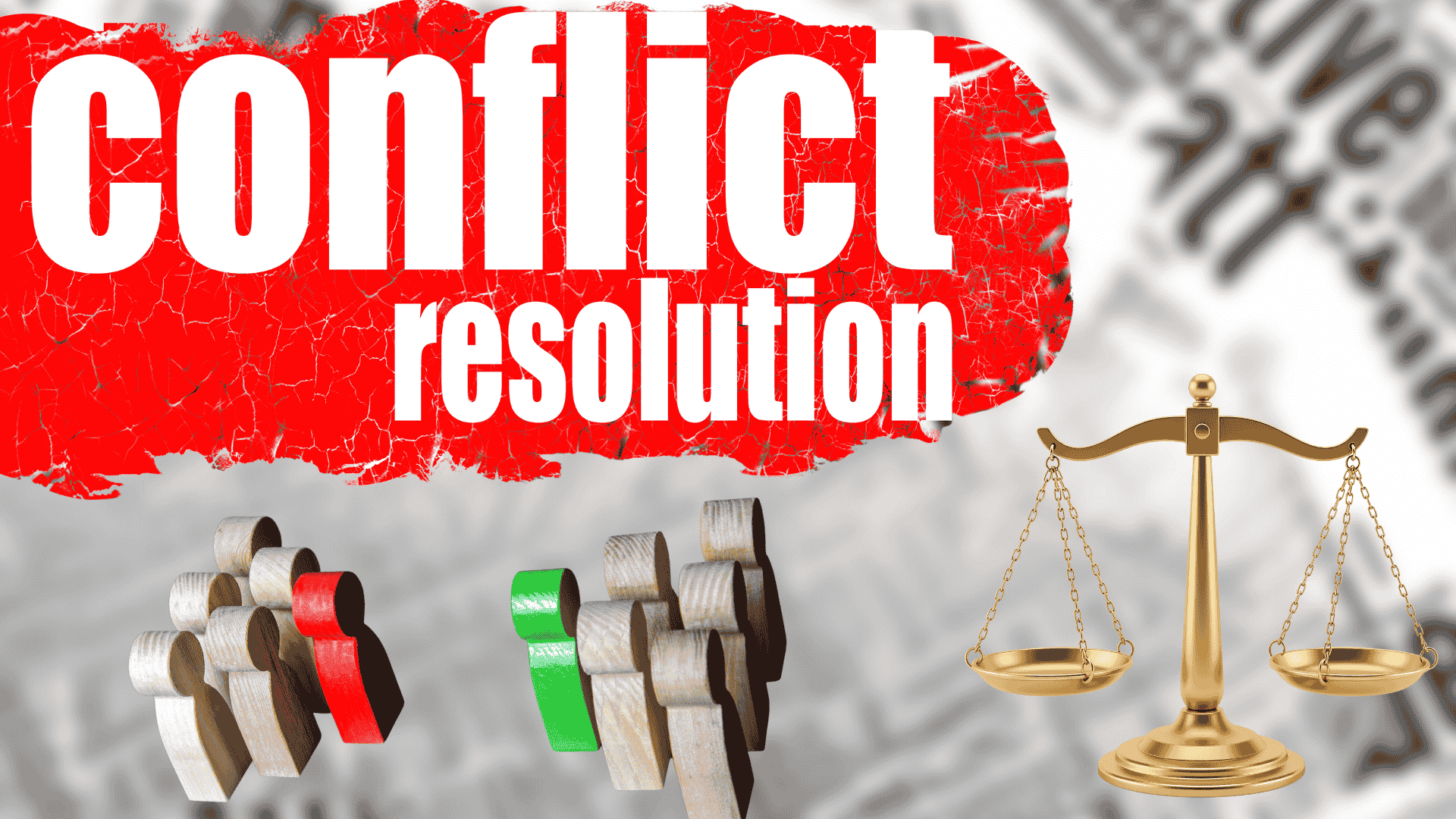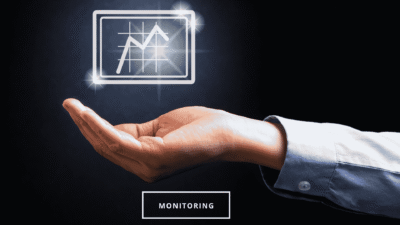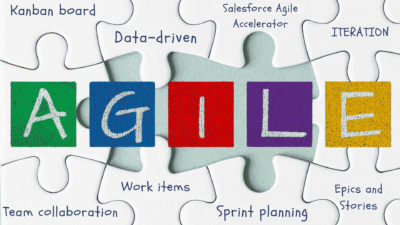A stunning $359 billion. That’s the annual cost of lost productivity in the U.S. stemming from workplace conflict, where employees spend an average of 2.8 hours per week navigating disputes. This isn’t just a number; it’s a quiet drain on resources, morale, and innovation. But what if you, as a leader, could reclaim that lost time and energy? What if you could transform disruptive disagreements into opportunities for growth and stronger team cohesion? You can. The key is moving beyond simply knowing what conflict is and mastering how to resolve it effectively. As a quick takeaway, one of the most powerful immediate actions is to simply listen—truly listen—to understand, not just to respond. This single shift can de-escalate tension and open the door to a real solution.
This guide provides a practical, step-by-step roadmap for leaders to resolve workplace conflicts, fostering a more positive and productive environment.
1. Understanding the Anatomy of Workplace Conflict
Conflict resolution in the workplace begins with recognizing the root causes. Disputes rarely appear out of thin air; they are often symptoms of deeper issues. Understanding these origins is the first step toward a lasting solution.
1.1 What are the Most Common Triggers?
Disagreements are an inevitable part of any environment where diverse individuals collaborate. Key triggers often include:
- Poor Communication: Incomplete or misunderstood messages are a primary source of friction. This can range from a lack of information to comments being taken out of context.
- Unclear Roles and Expectations: When team members have ambiguous responsibilities or a lack of clarity on who holds final authority, it creates fertile ground for power struggles and blame.
- Differing Work Styles and Personalities: Clashes between individuals with different approaches to tasks and deadlines are common, accounting for nearly half of all workplace conflicts.
- High Stress and Heavy Workloads: High-pressure environments can lead to short tempers and defensive reactions, eroding patience and teamwork.
1.2 The High Cost of Doing Nothing
Ignoring conflict is rarely a successful strategy. Unresolved tension doesn’t just disappear; it festers, leading to significant consequences. Employees experiencing ongoing conflict are more likely to report stress, which can lead to burnout and absenteeism. This disengagement comes at a steep price, with actively disengaged employees costing their companies around 18% of their annual salaries. Furthermore, managers can spend between 20-40% of their time dealing with the fallout from disputes, a massive drain on leadership capacity.
2. Your Proactive Toolkit for Conflict Resolution in the Workplace
As a leader, your role is not just to react to disputes but to build a framework that minimizes them. This requires a proactive stance and a clear, well-communicated process.
2.1 Establishing Clear Communication Channels
The foundation of conflict prevention is open and respectful communication. You can foster this by:
- Setting the Standard: Model the behavior you want to see. Articulate your own thoughts and expectations transparently and respectfully, and encourage your team to do the same.
- Creating Safe Spaces: Ensure employees feel safe to voice concerns without fear of reprisal. This could be through regular one-on-one check-ins or structured team meetings where open dialogue is encouraged.
- Clarifying Roles: Regularly review and clarify job descriptions and responsibilities. When kicking off a new project, ensure every team member understands their specific role and how it contributes to the larger goal.
2.2 The Manager’s Role: When to Step In
A crucial leadership skill is knowing when to intervene and when to let employees resolve issues on their own. Minor disagreements can often be worked out between individuals. However, you should step in when:
- Productivity is being noticeably affected.
- The conflict begins to involve other team members.
- The disagreement has reached a stalemate with no resolution in sight.
- There are signs of harassment or disrespectful behavior.
3. A Step-by-Step Guide to Mediating Disputes
When you need to intervene, having a structured process is invaluable. Acting as a neutral mediator is key to achieving a fair and lasting resolution.
3.1 Step 1: Identify the Source of the Conflict
Before you can solve a problem, you must understand it. This requires moving beyond the surface-level incident.
- How to Do It: Meet with the involved parties separately first. This allows them to share their side of the story without interruption. Use open-ended questions to get to the core of the issue, such as, “When did you first feel upset?” or “How did this incident begin?”. Focus on listening to understand their perspective fully.
3.2 Step 2: Facilitate a Constructive Conversation
Your primary role is to act as an impartial facilitator, not a judge. The goal is to steer the conversation away from blame and toward solutions.
- How to Do It: Bring the individuals together in a neutral setting. Establish ground rules for the conversation: no interruptions, no personal attacks, and a commitment to finding a solution. Encourage the use of “I” statements to express feelings, rather than “you” statements that assign blame. For example, instead of “You ignored my input,” encourage “I felt that my input was not considered.”
Visual Element Suggestion: A simple flowchart could be inserted here titled “The Mediation Roadmap.”
- Step 1: Separate Meetings: Listen to each perspective.
- Step 2: Joint Meeting: Set ground rules & facilitate dialogue.
- Step 3: Brainstorm Solutions: Ask “How can we move forward?”.
- Step 4: Agree on Action: Document the agreed-upon solution.
- Step 5: Follow Up: Check in to ensure the resolution holds.
3.3 Step 3: Encourage Active Listening and Empathy
Often, conflict persists because individuals don’t feel heard. Active listening and empathy are the tools to bridge this gap.
- How to Do It: Instruct each person to paraphrase what they heard the other say before responding.This ensures genuine understanding. Ask them to try to see the situation from the other’s perspective. Acknowledging and validating the other person’s feelings doesn’t mean you agree with them, but it shows respect and can significantly de-escalate tension.
3.4 Step 4: Collaboratively Brainstorm Solutions
Shift the focus from the past problem to future solutions. Empower the individuals to take ownership of the resolution.
- How to Do It: Ask powerful, forward-looking questions like, “How can we make things better between you?” or “What is one thing you each could do differently to prevent this in the future?”. Encourage them to generate multiple possible solutions together. The most durable resolutions are those that come from the participants themselves.
3.5 Step 5: Agree On and Formalize a Solution
Once a viable solution is identified, it’s crucial to get a clear agreement and define the next steps.
- How to Do It: Clearly state the solution that both parties have agreed upon. Point out the benefits of the resolution for both individuals and the organization.Document the agreement if necessary. This creates accountability and provides a clear reference point for the future.
4. Five Essential Conflict Resolution in the Workplace Strategies
The Thomas-Kilmann Conflict Model outlines five primary strategies for handling disputes. As a leader, understanding when to apply each is vital for effective conflict resolution in the workplace.
- Collaborating (High Assertiveness, High Cooperation): This is the ideal “win-win” approach, where parties work together to find a solution that fully satisfies everyone. It’s best for complex issues where maintaining relationships is important.
- Compromising (Moderate Assertiveness and Cooperation): This is a “lose-lose” or “middle-ground” approach where each party gives up something to reach an agreement. It is useful when time is limited or as a temporary solution.
- Accommodating (Low Assertiveness, High Cooperation): This involves yielding to the other party’s needs. It is best used when the issue is more important to the other person or when you want to build goodwill.
- Competing (High Assertiveness, Low Cooperation): This is a “win-lose” approach where you push for your own solution. It can be necessary in emergencies or when a decisive action is critical, but it can also damage relationships.
- Avoiding (Low Assertiveness, Low Cooperation): This involves sidestepping the conflict entirely. It’s suitable for trivial issues or when the potential damage of confrontation outweighs the benefits of a resolution.
5. Turning Conflict into an Opportunity
Handled correctly, conflict can be a powerful catalyst for positive change. It can highlight underlying process issues, challenge stagnant thinking, and ultimately strengthen team dynamics. After a resolution is reached, guide the team to reflect on the experience. Ask what was learned about how the team works together and what can be changed to improve collaboration in the future. By reframing conflict as a source of growth, you build a more resilient and effective team.
Conclusion
Mastering conflict resolution in the workplace is not about eliminating disagreement—it is about managing it constructively. By understanding the common causes of conflict, implementing a clear and fair process for mediation, and knowing which resolution strategy to apply, you can transform a significant drain on productivity into a stepping stone for a healthier, more collaborative, and highly effective work environment. The $359 billion challenge is real, but with these practical steps, you are now equipped to turn that cost into an investment in your team’s success.
Frequently Asked Questions (FAQ)
- What are the first steps to take when a conflict arises?
The first step is to acknowledge the conflict early rather than ignoring it. Then, create a safe and private space to talk with the involved parties, focusing on listening to understand each perspective before moving toward a solution. - What is the most common cause of conflict in the workplace?
Poor communication is one of the most frequently cited causes. Other major factors include personality clashes, a lack of trust, and unclear roles or expectations. - How can you mediate a conflict between two employees?
Act as a neutral facilitator. Meet with each employee separately to understand their viewpoint, then bring them together for a structured conversation.Guide them to use active listening, focus on the problem rather than the person, and collaboratively brainstorm a mutually agreeable solution. - What are the five main strategies for conflict resolution?
The five core strategies, based on the Thomas-Kilmann model, are: Collaborating (win-win), Compromising (middle ground), Accommodating (yielding), Competing (win-lose), and Avoiding (delaying or ignoring the issue). - How can conflict be beneficial for a team?
When managed constructively, conflict can lead to positive outcomes. It can expose underlying problems, spark innovation, and lead to more creative solutions. Resolving a conflict successfully can also build trust and strengthen relationships among team members. - Why is it important for managers to have conflict resolution training?
Many managers feel unprepared to handle disputes. Training provides them with the necessary tools and frameworks to address conflict calmly and effectively, which helps maintain team morale, reduces employee turnover, and prevents minor issues from escalating.
references
Warning: The provided links lead only to the specified content. Other areas of those sites may contain material that conflicts with some beliefs or ethics. Please view only the intended page. Note: The source links are available in English only.
- Verywell Mind Date: May 10, 2010 Author: APA; 7 Active Listening Techniques For Better Communication.
Short article on active listening techniques in interpersonal/workplace settings. - Acas (UK) Date: 2021 Author: University of Sheffield & Westminster; Workplace conflict costs employers nearly £30bn a year.
Research estimating the economic cost of workplace conflict in the UK. - TSW Training Date: [no date shown] Author: TSW; Thomas-Kilmann Conflict Model Explained: Modes, Pros & Cons.
Overview of the five conflict resolution styles. - USGS Date: [not clearly dated] Author: Human Capital; Thomas-Kilmann Conflict Mode Instrument (TKI) | U.S. Geological Survey.
Description of the TKI tool and its use in assessing conflict-handling styles.







